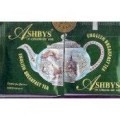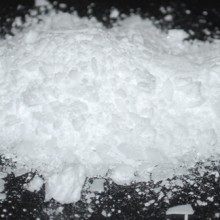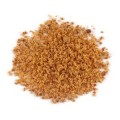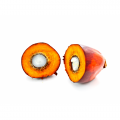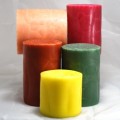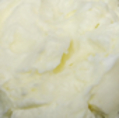 Loading... Please wait...
Loading... Please wait...- Home
- About Us
- Shipping, Returns & FAQ's
- Contact Us
-
For Your Information
- Canadian Customers Have a Choice if Shipping Via UPS
- Aura Cacia Homemade Aromatherapy Recipes
- Bella Nella Altered Art & Paper Crafts Blog
- Forms of Herbal Preparations
- Laundry Tips To Conserve Energy Blog from The Laundress
- The Story of Frontier Natural Products Co-Op
- Sovereign Silver Hydrosol and Aloe Protocol Stops Downward Spiral of Gut Dysbiosis
- Disclaimers
- Recommended Links
- RSS/Recent News
- The Story of Typhoon Housewares
- Reviews/Testimonials
- Raw Ingredients for Mfg
- Home
- Raw Materials
- Additives
- Stearic Acid Flakes Triple Pressed Palm Bulk
- Home
- Handmade Treasures
- Candlemaking
- Stearic Acid Flakes Triple Pressed Palm Bulk
- Home
- Raw Materials
- Acids
- Stearic Acid Flakes Triple Pressed Palm Bulk
Stearic Acid Flakes Triple Pressed Palm Bulk
Product Description
Stearic acid is useful as an ingredient in making candles, plastics, dietary supplements, oil pastels and cosmetics, and for softening rubber. It is used to harden soaps, particularly those made with vegetable oil.
Hardens candle wax for longer burn time. Use 3-6 TBSP per lb. of paraffin wax. Also used to harden CP & HP soaps and a great thickener in lotions when used at 1-3%.
Stearic acid is also used as a parting compound when making plaster castings from a plaster piece mold or waste mold and when making the mold from a shellacked clay original. In this use, powdered stearic acid is dissolved in water and the solution is brushed onto the surface to be parted after casting. This reacts with the calcium in the plaster to form a thin layer of calcium stearate which functions as a release agent.
Esters of stearic acid with ethylene glycol, glycol stearate and glycol distearate, are used to produce a pearly effect in shampoos, soaps, and other cosmetic products. They are added to the product in molten form and allowed to crystallize under controlled conditions.
In fireworks, stearic acid is often used to coat metal powders such as aluminium and iron. This prevents oxidation, allowing compositions to be stored for a longer period of time.
It is used along with simple sugar or corn syrup as a hardener in candies.
It is used with zinc as zinc stearate as fanning powder for cards to deliver smooth fanning motion.
Stearic acid is one of most commonly used lubricants during injection molding and pressing of ceramic powders.
Stearic acid serves as an epilame (or barrier film) treatment, applied to precision mechanical components to modify the surface properties to reduce the spreading (or creep) of subsequently-applied lubricant films.
Source: wikipedia.
While soaps can be made using a variety of fatty acids, stearic acid is one of the most popular. Stearic acid salts made with sodium, potassium, calcium, strontium, barium, and magnesium are used in a variety of applications. Sodium stearate is the most common type of soap and has been used extensively in cleansing for personal care in bar soaps. Potassium stearate is softer and more water soluble and has been used in water solutions for hard surface cleaning. Despite their widespread use, stearic acid soaps do have certain drawbacks. First, it is difficult to prepare concentrated solutions of these soaps because they are only marginally soluble in water. Furthermore, they can react with minerals present in hard water and form insoluble salts such as calcium stearate. These insoluble salts are responsible for bathtub ring and can leave undesirable film on hair, skin, and clothing. In the 1940s, due to wartime shortages of certain natural materials, synthetic soaps, also known as detergents, became commercially available. These detergents had the cleansing properties of soap without its negative properties.
Beside soap making, stearic acid is used to form stable creams, lotions and ointments. It is used in products like deodorants and antiperspirants, foundation creams, hand lotions, hair straighteners, and shaving creams. It is also used as a softener in chewing gum base and for suppositories. It may be further reacted to form stearyl alcohol which is used in a variety of industrial and cosmetic products as a thickener and lubricant. It is also used in candles to modify the melting point of the waxes.
Read more about Stearic Acid http://science.jrank.org/pages/6482/Stearic-Acid.html
Find Similar Products by Category
You Recently Viewed...
Currency Converter
Choose a currency below to display product prices in the selected currency.





